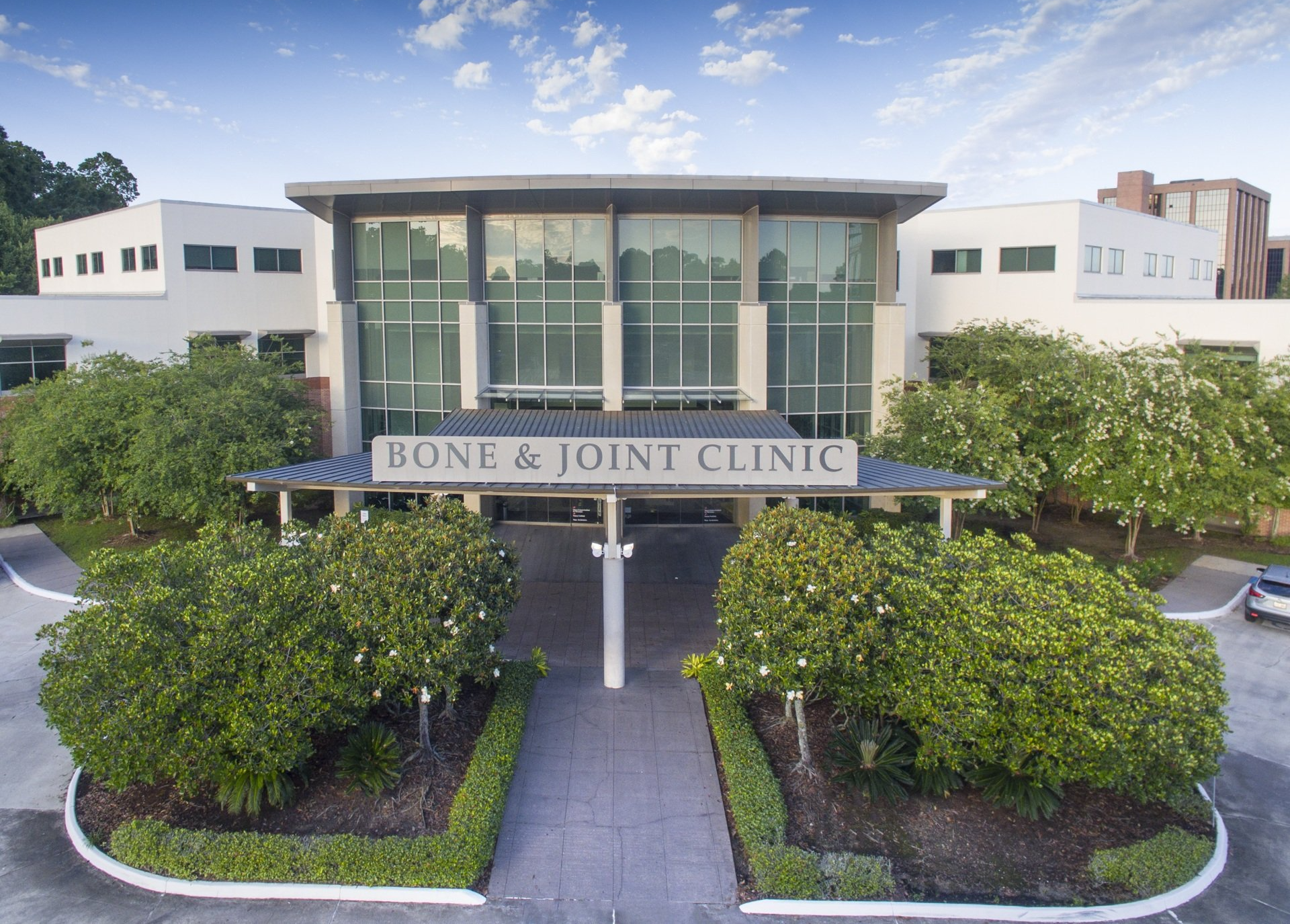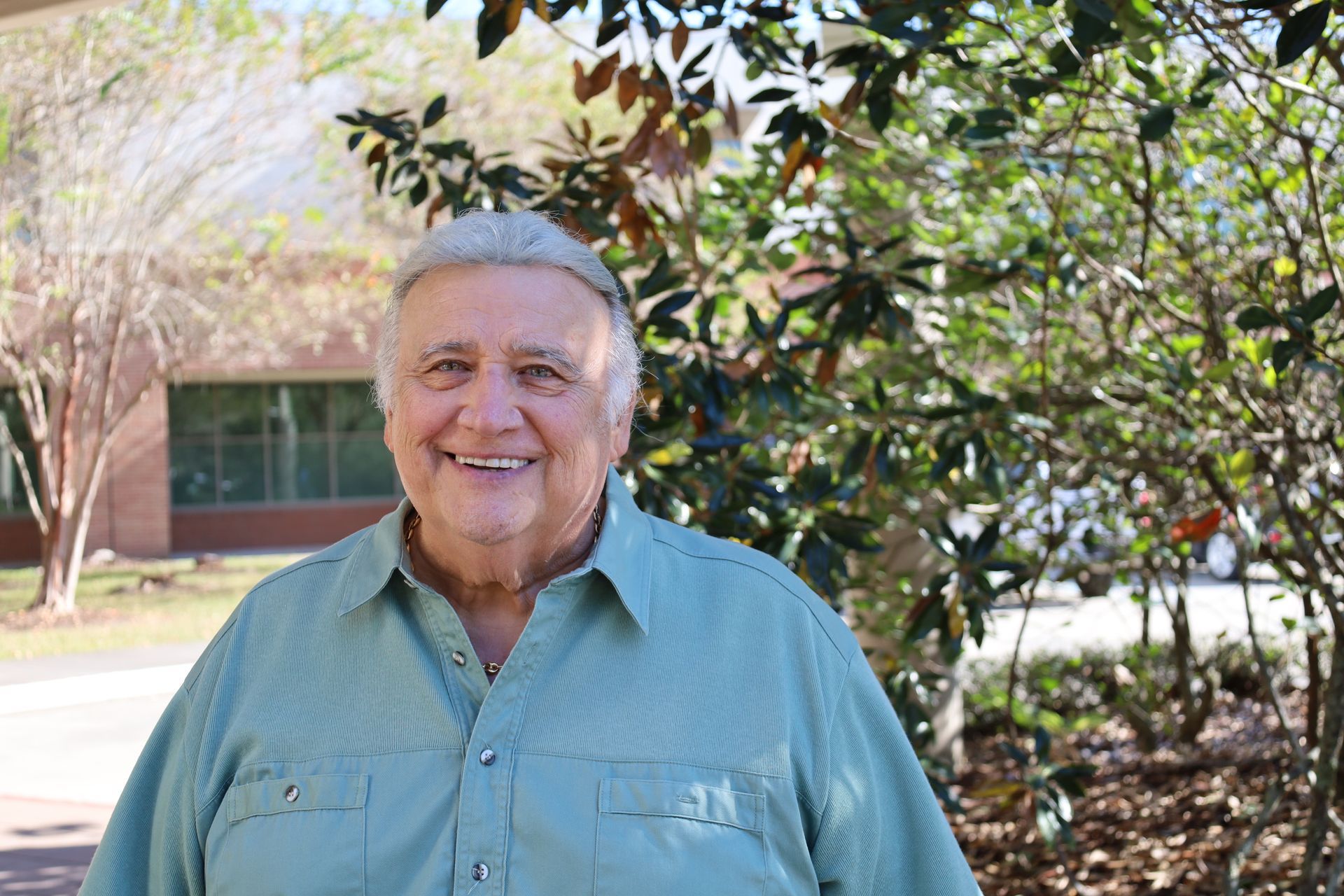Raynaud’s syndrome is a condition that primarily affects women, especially those who live in a colder climate or have a family history. Symptoms of Raynaud’s syndrome include a person's fingers, and sometimes toes, turning blue and/or white after exposure to cold, and then bright red upon rewarming. These symptoms can occur for seconds to hours, but typically last around 15 minutes.
There are two types of Raynaud’s syndrome – primary and secondary. Both types are caused by vasoconstriction – the constriction of small blood vessels – which leads to decreased blood flow to the fingers, toes and other areas of the body like the nose, earlobe, nipples or skin over the kneecap. This is what causes discoloration and can also produce other symptoms like swelling, tingling and painful throbbing.
Primary Raynaud's Syndrome
Primary Raynaud’s syndrome (also known as Raynaud’s disease) is different from secondary Raynaud's syndrome because there is no underlying medical condition that causes it. It’s more likely to occur in younger women, with peak incidence occurring between the ages of 15 and 25.
Secondary Raynaud’s Syndrome
Secondary Raynaud's syndrome (also known as Raynaud’s phenomenon) typically occurs later in life and is most commonly diagnosed around age 40. As its name suggests, secondary Raynaud’s syndrome is caused by another underlying condition such as hypothyroidism, carpal tunnel syndrome, diseases of the arteries or injury. Symptoms are often more severe for those with secondary Raynaud’s syndrome, but treatment options are available.
Treating Raynaud’s Syndrome
Severe cases of Raynaud’s syndrome can lead to tissue death, also known as gangrene. Treatment for Raynaud’s syndrome is all about preventing such complications and reducing how often attacks happen in the first place. Options include lifestyle changes as well as procedures such as:
- Protecting yourself when in cold temperatures – Wear mittens or gloves as well as thick socks. Use layers and keep your head covered to prevent heat loss.
- Avoid certain medications – Some medications can cause vasoconstriction, including over-the-counter cold and allergy remedies like Sudafed. Other prescription drugs such as oral contraceptives and beta-blockers for conditions like high blood pressure and heart disease can worsen symptoms, too.
- Responding quickly to an attack – Get indoors and apply warm water to your hands and/or feet. Gently massage.
- Make changes at home – Using gloves to retrieve items from the refrigerator or freezer can help prevent attacks. Monitoring the use of air conditioning is also key, as this is a common trigger for vasoconstriction.
- Quit smoking – Smoking causes vasoconstriction.
- Digital sympathectomy – During this surgical procedure, the sympathetic nerves that cause vasoconstriction are cut. This method is used primarily for secondary Raynaud's syndrome.
- Injections – Local injections of anesthetics, Botox or onabotulinumtoxina type A may interrupt nerve signals that cause vasoconstriction.
Raynaud’s Syndrome Treatment in Baton Rouge
If you’ve been experiencing symptoms of Raynaud’s syndrome or have been diagnosed already and are looking for alternative forms of treatment like injections, the Bone and Joint Clinic of Baton Rouge may be an option for you.




